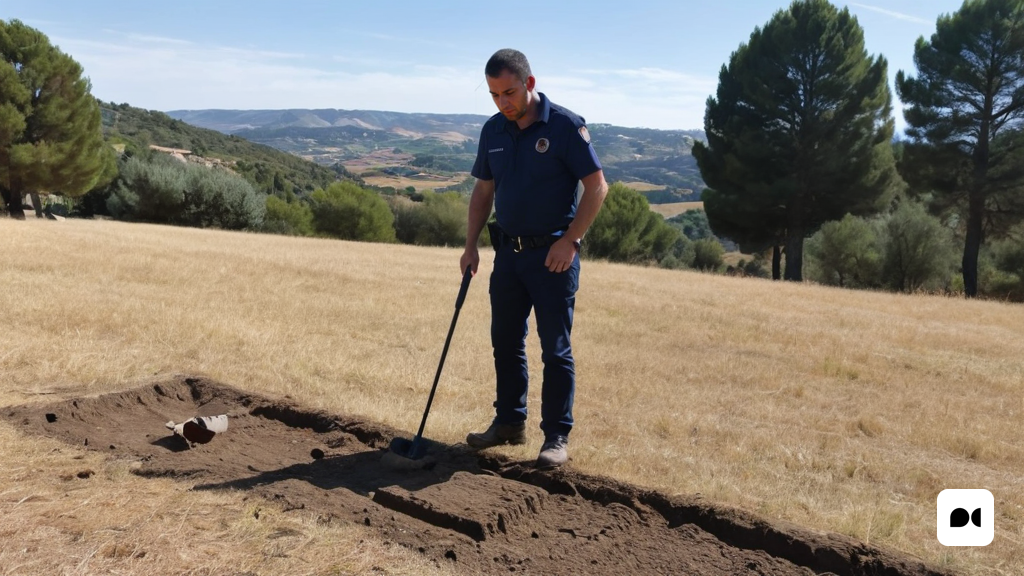The Corps of Rural Agents and the Corps of Mossos d’Esquadra have criminally reported a person for archeology
The Cos d’Agents Rurales and the Cos de Mossos d’Esquadra have criminally reported a person for making unauthorized use of a metal detector device with the purpose of discovering and appropriating remains of historical value. The reported archeological theft activity took place at the beginning of February at the archaeological site of Coll del Moro, in Gandesa (Terra Alta).
Crimes committed and police collaboration
Specifically, the reported person is charged with crimes against historical heritage, specifically that of damage and looting of an archaeological site, and a crime of aggravated theft. The archaeological remains and the metal detector have been confiscated and the facts have been reported to the Gandesa court.
The person has been reported as a result of a joint investigation carried out by the Central Historical Heritage Unit (UCPH-CME) of the Mossos d’Esquadra and the Special Group for Collaboration with the Administration of Justice ( GECAJ) of the Corps of Rural Agents.
Importance of the archaeological heritage and consequences of the archeofurt
Archeological theft in archaeological contexts, as in the case of Coll del Moro, can have serious consequences given that the extraction of archaeological objects without a scientific methodology can mean the loss of the information generated by the study of the materials plundered and the context where they were.
The Spanish historical heritage law (law 16/85) establishes that archaeological remains are considered public domain and appropriating these remains constitutes a crime against historical heritage. Likewise, the Catalan cultural heritage law and the regulation for the protection of archaeological and paleontological heritage (law 9/93 and decree 78/2002) establish that the search for archaeological remains must be carried out with an authorization from the Department of Culture.
The site of Coll del Moro
The archaeological site of Coll del Moro is an archaeological site of particular relevance in the Terres de l’Ebre where archaeological interventions have been carried out for decades. It dates back to the 6th-5th centuries BC and has been declared a Cultural Property of National Interest (BCIN), the highest level of protection recognized by the Catalan cultural heritage law.

